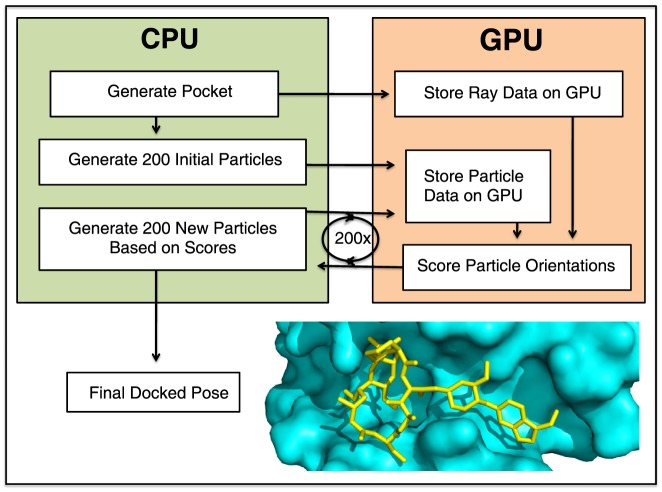Figure 3. Control flow for GPU-enabled DARC.
Control begins on the CPU. The CPU generates the pocket and casts rays at the protein surface, then stores this information on the GPU. The CPU generates 200 “particles” (independent initial ligand orientations to be used in the optimization) and passes each of these docked poses to the GPU. The GPU evaluates the DARC score of each docked pose, and passes these back to the CPU. The CPU uses these scores to update the docked poses accordingly, then sends the new poses to the GPU. This process is repeated 200 times, and the best-scoring particle is reported.

